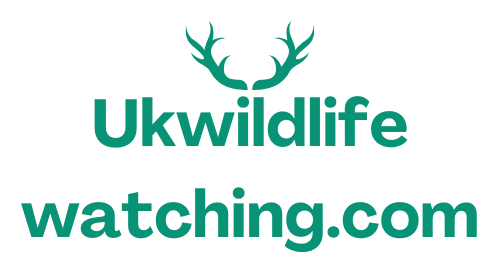Introduction: A crisis we can’t ignore
Imagine a world where elephants, tigers and polar bears only exist in history books. Shockingly, this could become reality – scientists warn that more than 1 million species face extinction in the coming decades due to habitat loss, climate change and human activities.
Wildlife conservation isn’t just about saving animals; it’s about maintaining the delicate balance of the ecosystems that sustain us. The air we breathe, the water we drink and even the food we eat depend on rich biodiversity.
The good news? You can make a difference. Whether through donations, sustainable choices, or spreading awareness, every action counts. Let’s learn how conservation works, who’s leading it, and how you can help – starting today.
What is the goal of wildlife conservation?
At its core, wildlife conservation aims to protect endangered species and their habitats while ensuring that ecosystems remain functional for future generations. But why does it matter?
Biodiversity conservation: Every species plays a role – bees pollinate crops, wolves control deer populations, and coral reefs support marine life.
Climate regulation: Forests absorb CO2; wetlands filter pollutants. Destroying them accelerates climate change.
Moral responsibility: As the most influential species on Earth, we have a duty to protect other life forms.
The North American Model of Wildlife Conservation – a globally acclaimed framework – was developed to address these needs in a sustainable way. But how did it get started?
Why were the principles in the North American Model of Wildlife Conservation developed?
In the late 19th century, unregulated hunting and habitat destruction brought bison, elk, and waterfowl to the brink of extinction. Visionaries like Theodore Roosevelt and publications like Forest & Stream (later acquired by conservationist George Bird Grinnell) campaigned for change.
7 core principles of the model:
Wildlife as a public trust: Animals belong to everyone, not private entities.
Science-based management: Policies rely on research, not politics.
Democratic hunting: Regulated hunting funds conservation (through licenses/taxes).
No commercial killing: Prohibition on wildlife trafficking for profit.
Non-trivial use: Animals cannot be wasted (e.g., trophy hunting without the use of meat).
International cooperation: Species migration requires cross-border efforts.
Public involvement: Citizens help shape policies.
Did you know? This model helped restore white-tailed deer, wild turkeys, and bald eagles!
🔗 Affiliate opportunities:
Recommend books like “The Conservationist Manifesto” (Amazon link).
Promote ethical hunting gear brands (e.g., Patagonia, Sitka).
Major organizations leading wildlife conservation efforts
Wildlife Conservation Society (WCS)
Founded in 1895, WCS manages the Bronx Zoo, Central Park Zoo, and global projects protecting tigers, gorillas, and oceans.
✅ How to help: Donate, “adopt” a species, or visit one of their zoos.
Alaska Wildlife Conservation Center (AWCC)
A sanctuary for orphaned/injured animals like bears, moose, and bison.
Southwest Wildlife Conservation Center
Rescues wolves, bobcats, and Mexican gray wolves in Arizona.
Florida Fish and Wildlife Conservation Commission (FWC)
Manages endangered panthers, manatees, and invasive species.
What is the hunter’s role in wildlife conservation?
Controversial but important, ethical hunting funds conservation:
Licenses/taxes: The Pittman-Robertson Act generates $1+ billion annually for habitats.
Population control: Prevents overgrazing and disease (e.g., deer in suburbs).
🔗 Affiliate Links:
Durable hunting apparel (e.g., Yeti coolers for meat storage).
Conservation-focused hunting groups (Ducks Unlimited).
Wildlife Conservation Jobs and Degrees
Career Paths:
- Wildlife Biologist (study species in the field).
- Conservation Advocate (advocate for environmental policies).
- Ecotourism Guide (promote sustainable travel).
Where to Study?
✅ “Wildlife Conservation Degree” Programs:
Oregon State University (Online B.S. in Wildlife Management).
University of Florida (M.S. in Conservation Biology).
🔗 Affiliate Links:
Field guides (e.g., “Wildlife Techniques Manual”).
Online courses (Coursera’s “Conservation Science”).
How You Can Help (Actionable Steps)
Donate to WCS, AWCC, or local shelters.
Buy sustainable products: bamboo toothbrushes, reef-safe sunscreen.
Reduce plastic: use reusable bags (links to eco-stores).
Advocate: share #SaveWildlife posts, petition lawmakers.
Conclusion: Now is the time to act
From the North American model to modern NGOs, conservation is only successful when people participate. Will you join the fight? Start today by supporting a cause, making green choices, or educating others.
🌍 Share this article to spread awareness!
